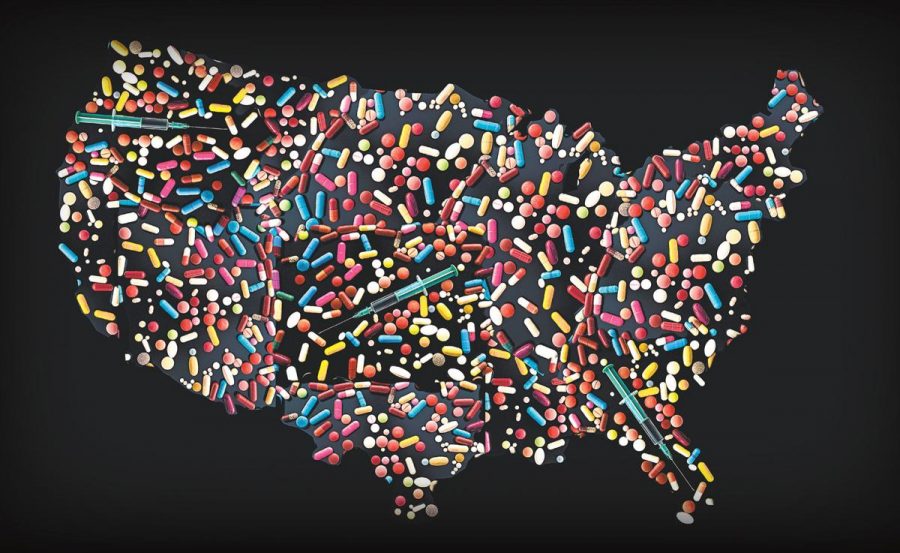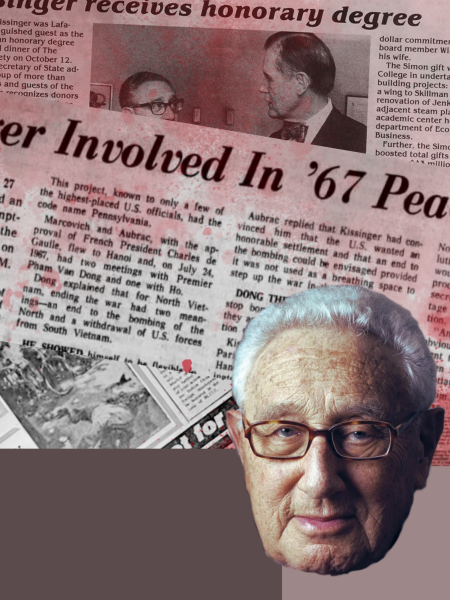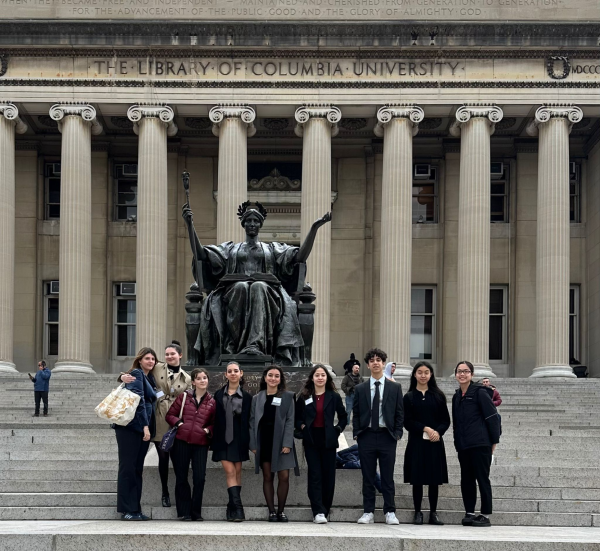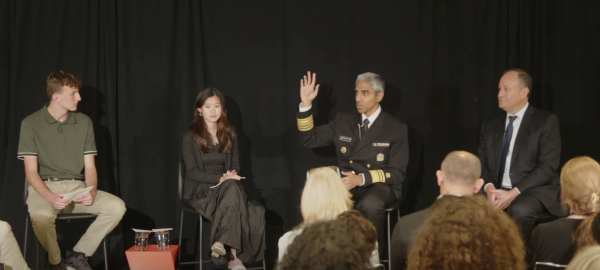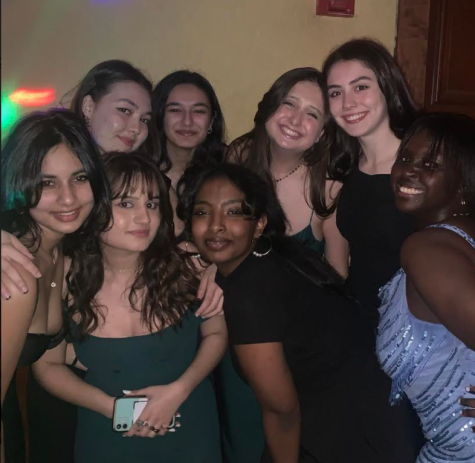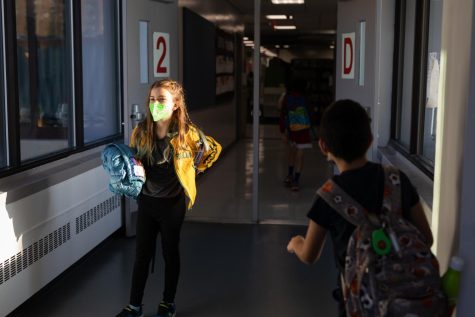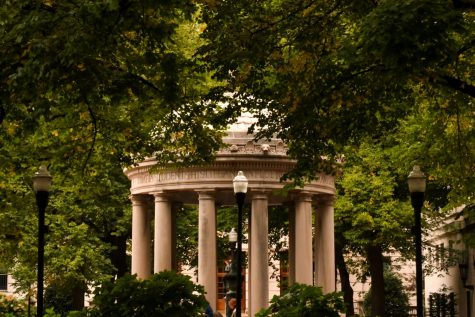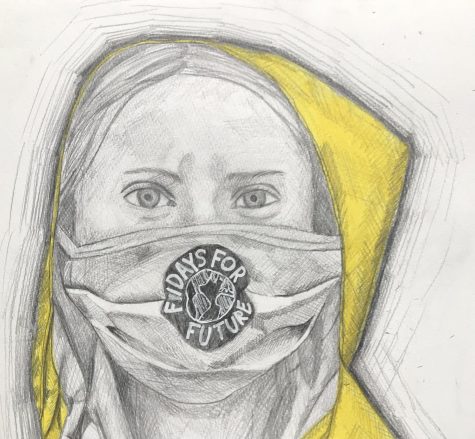White Addiction Treated as Disease, Black and Latino Addictions Treated as Crime
June 22, 2018
“Give me some of that stuff.” These six words sparked a lifelong struggle with opioid addiction for a prominent Upper East Side executive. The opioid epidemic has been rampant in New York City, claiming the lives of 4,426 residents from 2010 to 2015; 13.6 per 100,000 people died of drug overdose in New York in 2015, a 66% increase from 2010; white Americans are twice as likely to die from opioid addiction as blacks Americans and four times more likely than Latinos, all of this according to a 2014 Centers for Disease Control and Prevention report.
Despite rates of drug use being similar across racial groups, whites generally don’t receive the same harsh punishment as blacks or Latinos. This is because white addiction is treated as a disease, while black and Latino addiction is regarded as a crime. This disparity is a result of racial biases that impact the way healthcare providers prescribe medication, and the media’s glamorization of white addiction.
Racism within the United States healthcare system
Studies show that the opioid abuse is less likely to affect minority groups due to the “stereotype” held by doctors that if they prescribe strong painkillers to blacks or Latinos, they are more likely to get addicted or sell the drugs than whites, according to Dr. Andrew Kolodny, co-director of opioid policy research at Brandeis University’s Heller School for Social Policy and Management. Doctors overprescribe pain medication to white patients, which then serves as a gateway to heroin abuse, and they underprescribe the same medication to black or Latino patients, which leads to these patients not receiving the proper treatment.
When asked about racial disparities in the response to the opioid epidemic, Dr. Kamini Doobay, of the New York City Coalition to Dismantle Racism in the Health System, stated that the “automatic assumption” that people of color are “painkiller-seeking” has a negative “influence on clinical practice” and “impedes good medicine.”
Criminalization of black and Latino addiction
The response to the opioid epidemic reveals a broader bias in perceptions about drug addiction. Since the escalation of opioid addiction among whites over the past decade, drug addiction is starting to be addressed as a medical issue rather than a criminal justice issue, writes Andrew Cohen, in his 2015 piece “How White Users Made Heroin a Public-Health Problem” in The Atlantic. While policymakers push for more lenient punishments related to opioid abuse and access to rehabilitation services for whites, drug abuse by blacks and Latinos frequently elicits criminal punishment.
Upper East Siders and Bronx residents alike struggle with drug abuse. Earlier this year, Martin Tesher, a prominent Upper East Side doctor, doled out 14,000 illegal presriptions, according to a complaint filed in Brooklyn Federal Court. However, Dr. Tesher was released after paying a $250,000 fine and returned to the office the next day, according to the U.S. Attorney’s Office, as reported in an article on DNAinfo.com. Even though Upper East Siders commit grave drug-related crimes, their punishments are significantly lighter, perhaps due to their social status.
The media play into this bias further through their portrayal of drug addiction in affluent, white neighborhoods. In 2016, Galore Magazine published a piece called “Confessions Of An Upper East Side Heroin Addict,” chronicling the struggles of Arnold Daniel, a young man who sought treatment for drug addiction. The article glamorizes drug abuse and makes the reader feel sympathy for Mr. Daniel, continuing a long history of romanticizing drug use among whites. This glorification is seen on popular television shows such as Gossip Girl, a show in which many wealthy, white, Upper-East-Side-residing characters struggle with substance abuse. Because television is sympathetic to these privileged drug-users, viewers connect to these characters and want them to seek treatment instead of serving time.
The high rates of white addiction, particularly in Staten Island, which is a predominantly white borough, have led to the public “paying attention in ways they haven’t before,” says Leah Pope, a senior substance abuse research associate at the Vera Institute of Justice. While Staten Island’s rates of opioid abuse are high, in the Bronx, a predominantly black and Latino borough, there has been a high increase in the rate of opioid abuse. Health officials claim the Bronx is “ground zero” for New York City’s opioid epidemic. It is yet to be determined whether opioid abuse in the Bronx will be treated as a health issue, like its counterpart Staten Island, or as a criminal justice issue, like history would suggest.



